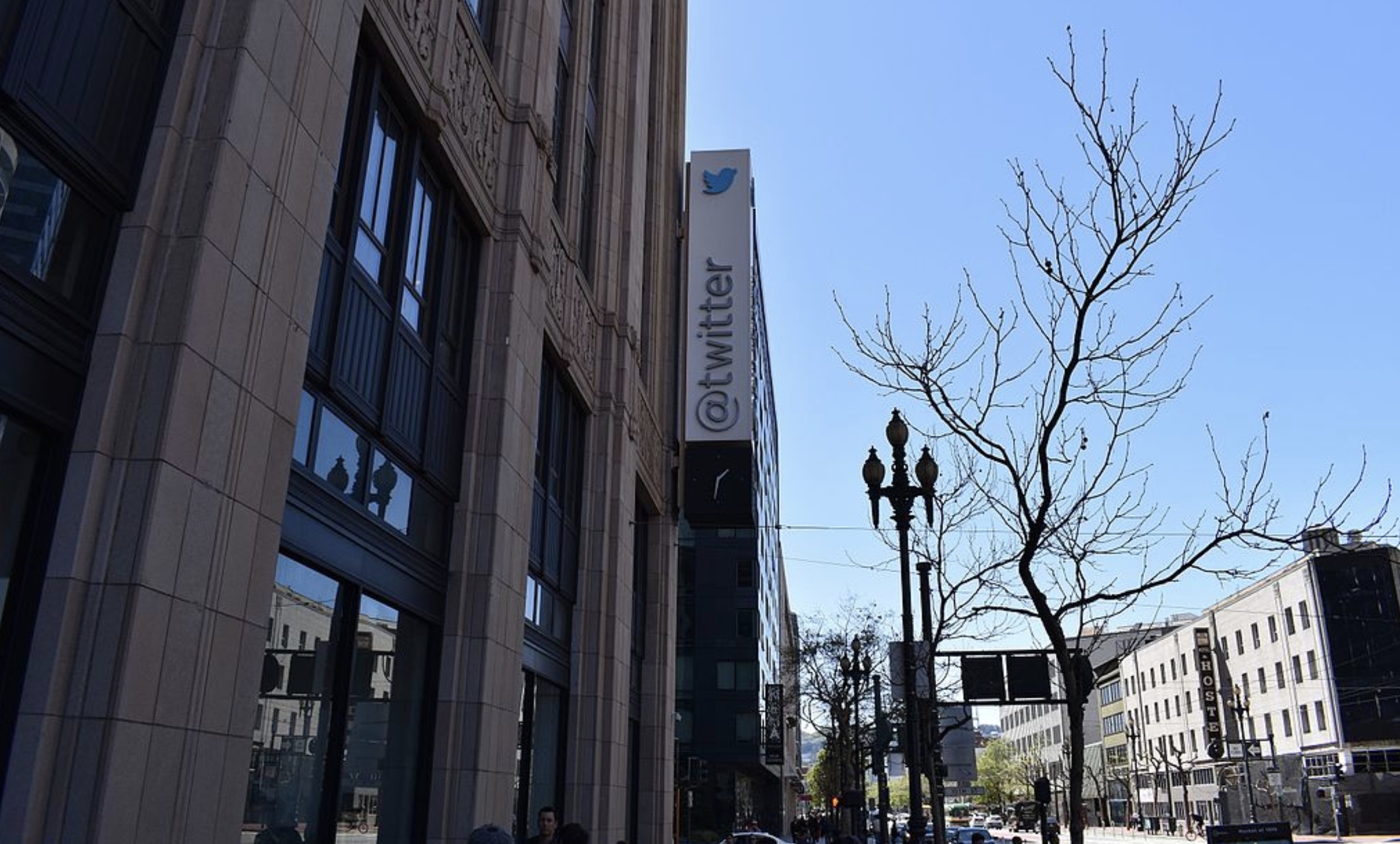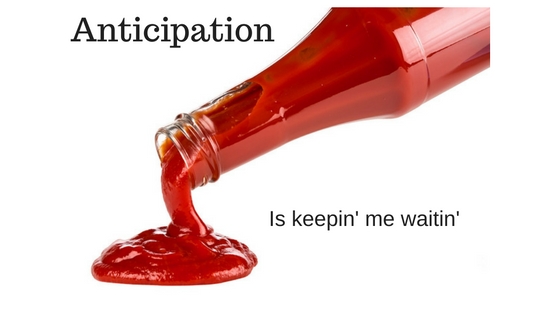Two or three quarters is a flash in the pan to an investor with conviction. I would wait more than 2 or 3 years for TSLA to start appreciating again (as long as the fundamental reasons I bought the stock remain intact) but that's not going to be necessary. I can't say that as a fact, but I can say it with conviction. Conviction should never be blind; it should always be based on real things.
In 1997 I started buying QCOM with the conviction they held the keys to high-bandwidth cellular data. Cellular data was, at the time, slower than molasses and as expensive as caviar. People actually thought the common person didn't need high-bandwidth cellular data. I knew they wanted high bandwidth cellular data; they just didn't know it yet.
In 1998 QCOM went down, not up. It made no sense as Qualcomm was profitable and growing. So, I bought more. It got cheaper still! It was about 30-35% cheaper than the very low price I had already Identified as a bargain even though adoption of Qualcomm's technology was growing rapidly and proving its abilities in the real world with millions of users. I even sold highly appreciated MSFT stock that still had a bright future to buy more QCOM. It was our biggest position of just a handful, by far. Then we moved into our tiny uninsulated summer vacation cabin in the neighboring County, sold our real house (that we owned outright) and put 90% of the proceeds into more QCOM which showed no signs of life if all you looked at was the market price. In the spring of 1999 Ericsson settled out of court with Qualcomm and the stock quickly doubled. I watched with mild amusement as greedy people, not wanting to lose their unrealized profits, sold for two, three or four times what they had originally paid. They thought payday had finally come! Over the next 9 months QCOM continued to appreciate until it was worth 36 times the doldrums of 1998. Every $100,000 invested had turned into $3.6 million. I didn't sell a single share until the day before it peaked, the last trading day of 1999. This is what I had waited 3 years for, and it was worth the wait! Investing is not for the impatient or those quick to take profits. That said, I am not expecting TSLA to perform just like that! But the longer the price is held down, the more it will resemble a rocket ship again. If markets were not so spastic, TSLA would more closely resemble a locomotive of the kind that steam-rolls your way to great wealth. Instead, it goes in unpredictable and irrational fits and spurts that have little to do with the actual value of the company.
Always judge the value of a company by your own analysis, not the current share price or recent share price movements! That's how you lose. And remember that 2 or 3 quarters in the investment world is like 5 minutes to a day trader. Don't invest with impatience - that's not how you become wealthy Manipulators rely on other's impatience to finally get their way. And never sell a stock simply because it doubled or tripled quickly, only sell because it has become abundantly clear the future of the company is not bright enough to justify the price. Even then I would caution against selling too soon as momentum and market FOMO will typically push the price far higher than it has any right to be. If the company is as good as your analysis showed, it will likely be OK to hold through a multi-year period of doldrums if you get caught in the downdraft that stagnates for a multi-year period. Ideally, you would sell before such an event but it's almost always better to hold too long than to sell too early (unless the company has no substance or staying power).
I would argue that TSLA, as a long-term, core holding, is undervalued at more than triple the current price even if I assume FSD will never work. And that's an assumption I'm not willing to make.

 www.teslarati.com
I highly doubt Elon will need to sell any more Tesla shares over this.
www.teslarati.com
I highly doubt Elon will need to sell any more Tesla shares over this.



/cloudfront-us-east-2.images.arcpublishing.com/reuters/JM5N3NGKQFMG5KJ4GSRWIMPS3E.jpg)

